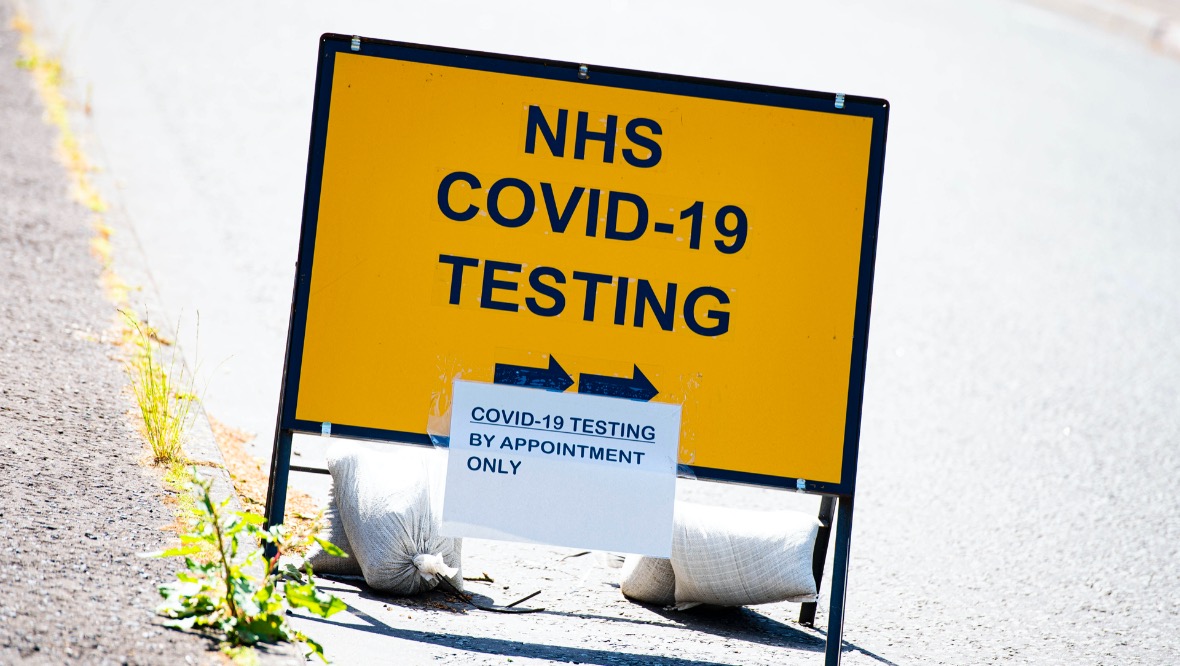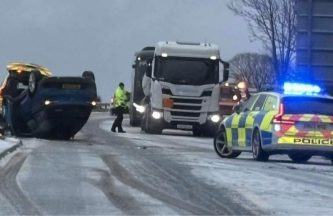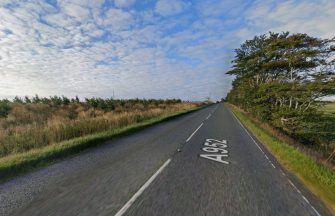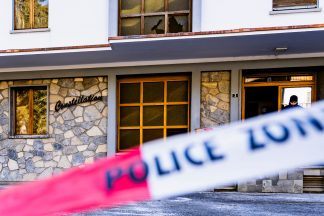Scotland’s coronavirus detection rate is the worst of the UK nations, according to a report from former prime minister Gordon Brown’s think tank.
However, the Scottish Government has hit back and branded the comparisons “entirely inaccurate, and baselessly undermine confidence in our testing programme”.
Even though the tracking and tracing programme is working relatively well, only around 32% of cases are being picked up by tests, Our Scottish Future says.
The group compared daily rates for positive coronavirus tests to the Office for National Statistics’ (ONS) estimates of the total number of people who had the virus.
Over a six-week period ending January 2 the ONS estimated a daily average of around 43,379 people in Scotland had Covid-19, including asymptomatic cases, based on statistical modelling of population samples.
Over the same time period, Scotland’s testing programmes picked up a rolling average of 13,650 cases.
Our Scottish Future says this means 32% of the total cases are being picked up – with the equivalent figure for England being 41% while Wales was at 70% and Northern Ireland at 81%.
Even though Scotland’s contact tracing system is generating more contacts than those in the rest of the UK, the think tank says the low detection rate and slow turnaround time for lab tests means the whole system is having almost no effect on slowing down the virus.
Each interview in Scotland yielded an average of 4.1 contacts – compared to England’s figure of 2.4 – but Our Scottish Future said the low detection rate meant the impact of Test and Protect on the R number is less than 5%.
Our Scottish Future says “big issues” with the symptomatic testing service need to be resolved, while excess capacity should be used for testing in schools.
The report says: “Scotland is currently only using around a third of its total testing capacity, with participation depressed by low levels of convenience and poor messaging across two separate testing systems (NHS Scotland and UK Government).”
It recommends a change in messaging to focus more on testing, which should be made more convenient through increased testing locations and provision of at-home lateral flow tests.
The paper concludes: “Comparing positive tests results to the infection rate estimated by the ONS surveillance survey implies that an average of 68% of cases since November have not been identified through testing – meaning that the vast majority of cases have not been contact traced.
“Scotland is the worst performer in the UK on this metric.”
Bacteriologist Professor Hugh Pennington said: “It’s no wonder the virus is winning because, as this report shows, we are not seeking it out, and we are not finding it as often as we should do.”
He added: “Unless you go out to find the cases in the community, then we are working with both hands tied behind our back.
“We need proper investigation of outbreaks and I despair that this is not being done at all well.
“Until we get testing and tracing right, then the virus will continue to spread.”
A UK Government spokesman said: “The UK Government is providing Covid testing and test processing in support of NHS Scotland.
“That includes more than 30 test sites in local communities and around 20 mobile units. The UK Government’s test centres and our Glasgow Lighthouse Lab are operating efficiently.
“In addition, the UK Government has provided a million lateral flow devices to the Scottish Government.”
A Scottish Government spokesman said: “These comparisons are entirely inaccurate, and baselessly undermine confidence in our testing programme.
“We find – and therefore isolate – more contacts per case than the rest of the UK which means we isolate more potential cases without the need for testing.”
Professor Sheila Bird, a researcher in biostatistics at Cambridge University, commented on the report.
She said: “The proportion of contacts put into self-isolation is higher actually per detected case in Scotland than it is in England.”
However, she said demand for symptomatic testing in Scotland should be increased, saying the convenience of access to test sites may be an issue.
She said: “In general it’s likely to be a bit more difficult in rural communities than in cities.”
Follow STV News on WhatsApp
Scan the QR code on your mobile device for all the latest news from around the country


 SNS Group
SNS Group

























